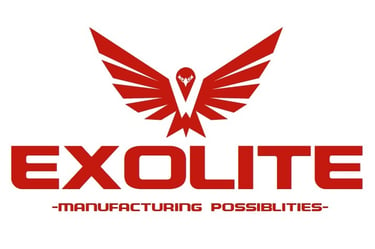
SHEETS AND ANGLES
Top grade sheets and angles with the highest sturdiness. You always get them in diverse specifications.
SHEETS – PLATES
Sheets and Plates is the basis of all engineering today. We can see it everywhere – from cars and machinery to house facades and furniture. The thickness of sheet metal starts from 0.5 mm and goes up to 6 mm. Anything above that is a metal plate. The thin sheet metal is easy to form, while still providing great strength. At a relatively cheap price, it makes a great fit for most engineering purposes. That is why we see it everywhere around us. Metal sheets have the same mechanical properties as the base metal. Thus, steel sheets have high tensile strength and durability suitable for use in constructions and machinery.
ANGLES
Angle or mild steel angle is an L-shaped cross-section used in the construction of various structures and buildings. The most commonly used angle or metal angle is the one that forms a 90-degree angle with two sides of equal length and width. There are two types of angles- the ones with uniform size are equal angles while the other part with bigger sides is called unequal angles. Angles are manufactured by hot-rolled carbon steel or high strength low alloy steel that gives them great stability for various structural applications and other general fabrication repair works. It is widely used in commercial, industrial, domestic, and other engineering applications.


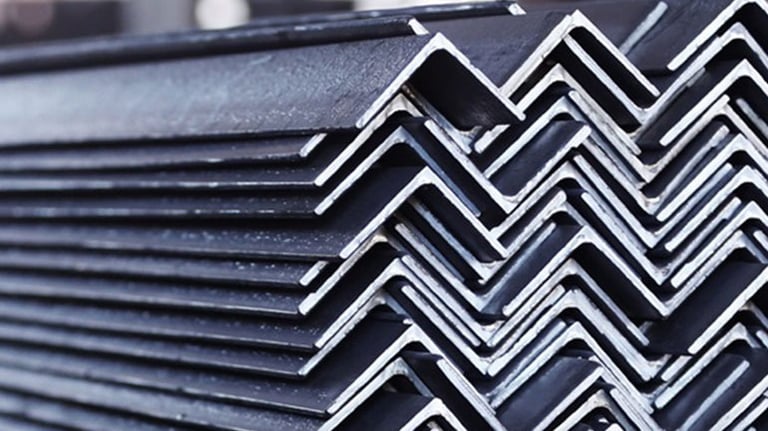

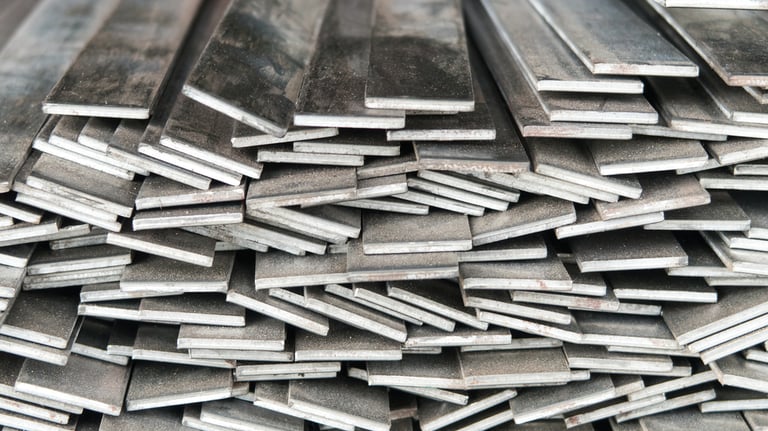

FLATS
Mild steel flats are considered to be the most cost-effective and fundamental form of steel structures. M S flats are basically thin strips of mild steel with the thickness ranging from 6mm to 25mm however thicker flats are likewise accessible. It is a flexible form of steel that is suited for a wide range of fabrication applications as it has an exceptional combination of strength and versatility. MS flats give the material an ideal measure of solidarity and strength required for endurance.
CHANNELS
Channel is widely used for structural support in construction works and is made by using high-quality mild steel. As against its counterparts, Mild Steel delivers a great performance and is best known for its versatility and cost-effectiveness. It is the world's most common form of steel and its applications are varied and are relied upon every day. Channels are commonly used for the manufacturing of shipbuilding, boilers, agricultural equipment, generators frames, factory sheds, mechanized parking system, conveyors, etc. They are used in many engineering industries and cover different application needs as per the user's requirement.
BEAMS
Beams made up of high-quality raw materials add to the aesthetics of the construction design. Beams are represented by dimensions of Web & Flange and they primarily carry vertical gravitational forces. There are primarily 3 types of beams I-Beam: These steel beams are shaped like the capital letter ‘I’, just as the name implies. They are commonly used in industrial applications and have tapered flanges. W-Beam: These are similar to I-beams but have a straight flange, they are also called as ‘wide flange’ beams and are most often used in residential construction. H-Beam: Appearing like the capital letter ‘H’, they have longer flanges. H-beams have webs and flanges that have the same thickness in many cases.
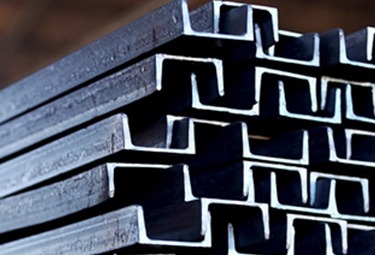

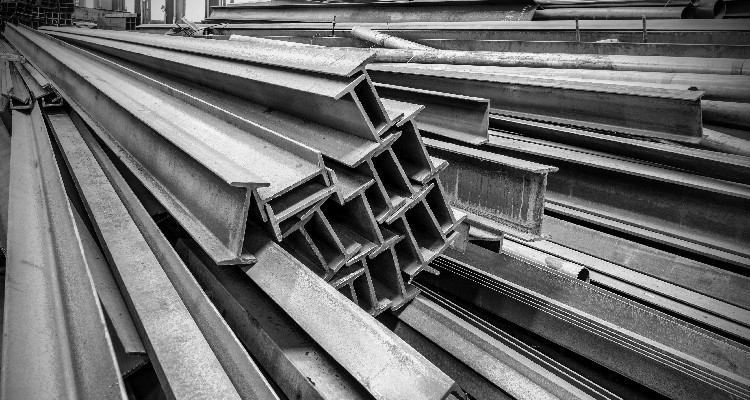

Leading traders, manufacturers, importers, and exporters of an impeccable range of products.
Get In Touch with Us
© Exomax - 2024. All rights reserved.
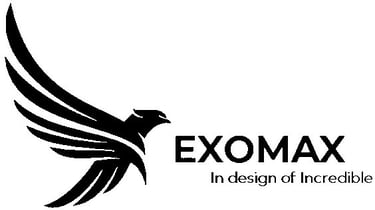

Gala: 10, Survey: 283/2P, Tungareshwar Industrial Estate, Richard Compound, Near Vasaiphata, Vasai East, Mumbai - 401208, Maharashtra, India
📞: +91-7666949405
📩: askexomax@gmail.com
Quick Links

